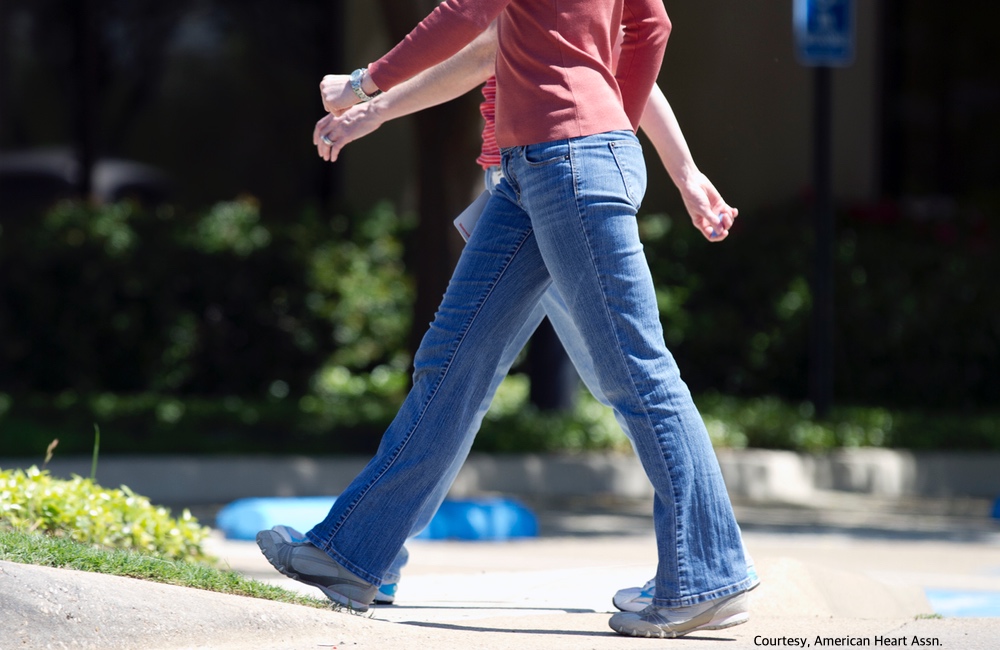Panic attacks do give clues that they're about to happen. Researchers at Southern Methodist University recently tracked people who are prone to these attacks and found that several physiological changes occurred as much as 47 minutes before the attack.
A lower breathing rate and high carbon dioxide level were found in the final minutes leading up to an attack.
These changes were subtle but measurable. The idea is that if attack victims were aware of them, they might be able to prevent the attacks from ever occurring.
What stood out the most was that the victims all had a lower breathing rate and high carbon dioxide level in the final minutes leading up to an attack. At the time of the attack, breathing rate increased strongly and carbon dioxide level went down. This suggests the possibility that panic attacks may be triggered by a buildup of carbon dioxide.
Some panic attacks are triggered by a cue. Others occur for no apparent reason and are called spontaneous or unexpected panic attacks.
The researchers looked at 43 patients with a history of spontaneous panic attack. The patients were outfitted with a monitoring pack, an array of electrodes and sensors attached to various body parts. These recorded information such as breath and heart rate, skin conductance and carbon dioxide level. Worn in a waist pack, this array allowed 24-hour monitoring of the patients. The pack also included a panic button to be pushed at the start of a panic attack.
During nearly 2000 hours of patient monitoring, there were 13 panic attacks. This allowed the researchers to analyze the measurements from a 70-minute period surrounding these attacks, from one hour before it to 10 minutes afterward, and compare them to measurements from a typical 70-minute time span.
They found 15 subtle but detectable physiological changes in the hour before an attack that weren't present during non-panic periods. This means that that there are signals of an unexpected panic attack but they may be so slight that they pass under a patient's radar.
An article on the study was published online by Biological Psychiatry on July 25, 2011 and will also appear in a future print issue of the journal.




